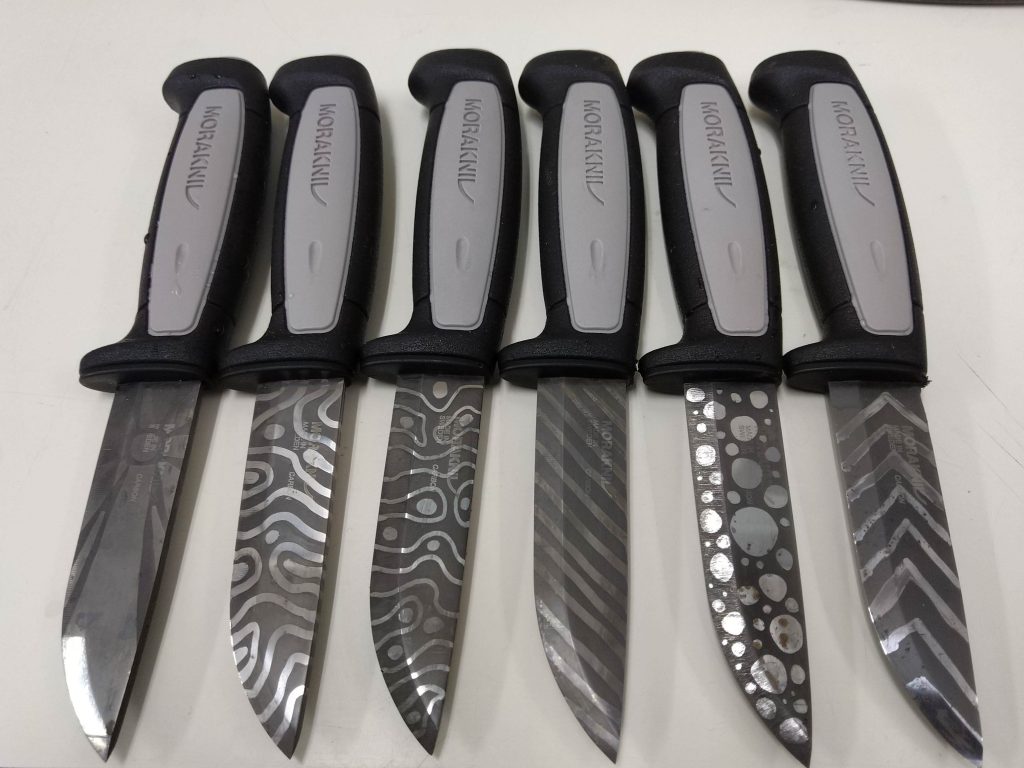The amount of ferric chloride used in an etching process can greatly affect the etching time. It may take several hours to fully enhance a plate, but the process can take a day if you want the etched image to be as clear as possible. The etching time will vary based on several factors, including ferric chloride strength, the temperature of the solution, and the amount of water in the etching bath.
How Long to Etch Metal?
The strength of the etchant can be measured using a test plate. A plate can be exposed for two minutes, four minutes, or eight minutes. This method provides great information quickly. The time needed to complete the process will depend on how much ferric chloride solution is used. A small test plate can be etched by twice as long as a larger one and is ideal for comparing etching times.
Making the Metal Etching Solution
Dilute ferric chloride with water. This process will result in a crystal-clear solution. This way, the etchant is more suitable for a wider range of metals. When preparing the solution for the etching, it is essential to cover the back of the plate with acid resist.
Preparing the Metal to Be Etched
If you are preparing the plates to be etched, it is advisable to etch them face up. This is to minimize the risk of contamination, since the etching solution can cause hazardous fumes. If there is a spill, you can clean it up by rubbing the area with a solution of sodium carbonate and water. To avoid splattering the solution on your work surface, lift your plate directly over the etchant bath and allow it to drip into it.
Don’t Forget to Log your etching results!
It is crucial to keep an etching log, as this will enable you to process the information you’ve collected. This will also help you monitor the chemistry of the solution and determine the best time to re-use it. Once the acid resist has been applied to the plate, you must add ferric chloride solution to it. Afterward, the remaining liquid will be neutralized and be rinsed off with water.
Finally, the Metal Etching Process
The first step of the etching process is to add some calcium carbonate to the solution. The etching solution should be kept at a constant temperature as it will eventually corrode the metal. As the etching process progresses, the etching solution will change color from red to a dark green, and the resulting precipitate will be a black precipitate. The optimum erasing conditions are reached when the etching solution is diluted with water.
The next step etching process is to rinse the metal with soap. After the initial etching, a soapy solution is used to emulsify the ferric chloride, reducing the reaction time.
Once the etching solution has been applied, the metal can is placed on the hot plate. Depending on the size and thickness of the metal, the etching time can be anywhere from one to two hours, or longer. The the time spent on the etching will vary based on the amount of ferric chloride used and the type of metal being etched.
Finishing Up
The most common etchant used in metal etching is ferric Chloride. It has excellent etching properties, is safe to use, and is relatively inexpensive. After etching, the metal should be cleaned thoroughly and the metal dried thoroughly. After each bite, the solution must be wiped off with water. The sludge that remains will be the sludge of the ferric chloride.
